While hunting is often associated with the pursuit of game animals, it’s essential to remember that hunters are among the most passionate and knowledgeable individuals when it comes to wildlife. In this article, we’ll explore the art of wildlife observation and how it contributes to wildlife conservation efforts.
The Hunter’s Connection to Nature:
Hunters spend countless hours in the great outdoors, and this exposure fosters a deep connection to nature. Observing wildlife is an integral part of the hunting experience. As hunters wait patiently for their quarry, they have the privilege of witnessing the natural world in action.
The Benefits of Wildlife Observation:
- Understanding Behavior: Observing animals in their natural habitat provides valuable insights into their behavior, including feeding patterns, migration routes, and breeding habits.
- Ecological Knowledge: Hunters gain a deeper understanding of ecosystems, recognizing the intricate relationships between species, habitats, and the environment.
- Conservation Advocacy: Through firsthand observations, hunters become advocates for the preservation of wildlife and their habitats. They can identify ecological imbalances and support conservation initiatives.
Wildlife Conservation Contributions:
Hunters often contribute significantly to wildlife conservation through the funds generated by hunting licenses, permits, and taxes on firearms and ammunition. These funds go directly to preserving wildlife habitat, conducting research, and supporting conservation efforts.

Responsible Hunting and Conservation:
Responsible hunters are not only passionate observers of wildlife but also committed stewards of the environment. Ethical hunting practices, such as following hunting regulations, respecting bag limits, and engaging in fair chase, are essential aspects of responsible hunting that contribute to conservation.
Promoting Wildlife Education:
Hunters who appreciate the art of wildlife observation often share their experiences and knowledge with others, promoting wildlife education and awareness. This helps build a broader understanding of the natural world.
Conclusion:
Wildlife observation is not just a byproduct of hunting; it’s a cornerstone of responsible hunting and conservation. The art of observing wildlife in its natural habitat is a powerful tool for gaining insight into the natural world, supporting conservation efforts, and promoting a deeper connection with nature.
At HunterSafetyCourse.com, we celebrate the connection between hunting and wildlife observation. Our courses emphasize not only responsible hunting practices but also the importance of preserving wildlife and their habitats. Join us in embracing the art of wildlife observation as a means to protect the environment and ensure a vibrant future for both hunters and the natural world.
Embrace the joy of observing wildlife in its natural setting, and remember that responsible hunting and conservation go hand in hand.
